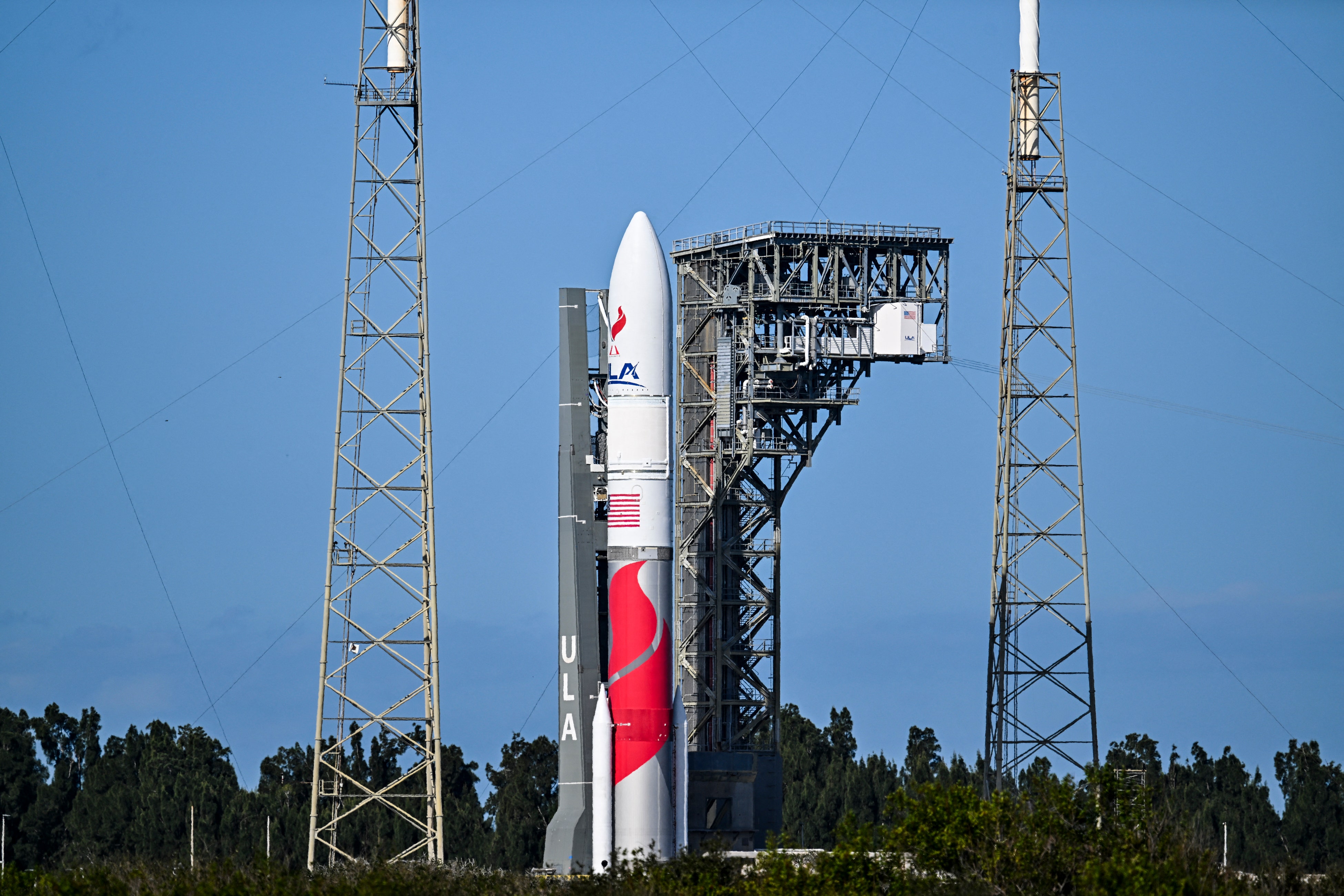The ULA Vulcan Launch: A Space Mission Showcasing Innovation and Technology
Discover the latest advancements in ULA Vulcan Launch, from groundbreaking rocket design to sustainability efforts.

The space exploration field has entered a new era with advanced technologies and groundbreaking innovations.
The Vulcan launch by the United Launch Alliance (ULA) is a remarkable endeavor that signifies a significant advancement in spacefaring capabilities.
On January 8, 2024, Vulcan successfully launched in Florida and delivered the Peregrine lander to the moon.
The VC2S configuration was utilized during the launch, which included two solid rocket boosters and a standard-length fairing.
Explore the advanced technologies that powered the ULA Vulcan launch.
- The ULA Vulcan Rocket
- Innovations in payload deployment
- Sustainability
- Technology
1. The ULA Vulcan Rocket
The ULA Vulcan represents a cutting-edge design that integrates efficiency, dependability, and adaptability.
Modern space exploration demands have been meticulously addressed by engineers and aerospace experts through the crafting of the rocket.
The Vulcan rocket's core contains cutting-edge propulsion technology that pushes the limits of rocket science.
The ULA launch website states that the booster propulsion is provided by two BE-4 engines, manufactured by Blue Origin. These advanced engines are designed to maximize fuel efficiency, allowing the rocket to carry significant payloads while minimizing its environmental footprint.
The ULA launch website states that Vulcan will use two RL10C engines, manufactured by Aerojet Rocketdyne, to power its second stage. These engines have a successful track record of nearly 400 flights and 700 firings in space, and they utilize high-energy liquid hydrogen to harness their power.
ULA's Space Launch Complex-41 (SLC-41) at Cape Canaveral Space Force Station is now capable of launching both Atlas V and Vulcan rocket families, signifying a major advancement in its space launch capabilities.

2. Innovations in payload deployment
The Vulcan launch by ULA brings new advancements in payload deployment through the use of smart integration technologies.
The ULA launch site allows for the precise integration and deployment of various payloads, including satellites and scientific instruments.
The PLF ensures a safe and controlled environment for the spacecraft during the ascent phase.
According to the ULA launch website, all ULA PLFs are set up for off-pad payload encapsulation to improve payload safety and security and reduce on-pad time.
The modular design enables flexibility in launching various payloads, mirroring the adaptability necessary for space exploration demands.
3. Sustainability
ULA has embraced the trend toward reusable rocket components.
The Vulcan launch utilizes reusable components, including the first stage, to improve affordability and minimize the environmental footprint of space travel.
Despite the difficulty of accessing orbit for many missions, ULA provides practical and cost-effective multi-manifest solutions that effectively overcome this challenge.
The ULA launch website explains that multi-manifest involves integrating two or more spacecraft on a launch vehicle using available performance and volume margin, which optimizes mass to orbit and allows for missions.
The ULA Vulcan launch prioritizes sustainability in its mission design, utilizing eco-friendly propellants and optimizing launch procedures for a sustainable future of space exploration.
4. Technology

To ensure successful space missions, the ULA Vulcan launch integrates advanced navigation technologies that provide precision in trajectory and orbit.
The avionics system in the Vulcan Centaur vehicle controls guidance, flight control, and vehicle sequencing during the booster and Centaur phases of flight, as detailed on the ULA launch website.
Real-time monitoring is a hallmark of the Vulcan launch.
The mission utilizes systems that enable real-time monitoring of multiple parameters, allowing engineers to make immediate adjustments and guarantee mission success.
The ULA Vulcan launch on Jan. 8, 2024, symbolized the ongoing drive for innovation in space exploration, as experts observed the result of years of dedication, expertise, and a commitment to pushing the limits of what humanity can accomplish in space.
The Vulcan mission represents a new era in space exploration with its innovative rocket design, cutting-edge technology for deploying and reusing payloads, and commitment to sustainability.
For more Lifestyle articles, visit planetchronicle.net/lifestyle.
Lifestyle
You might also like
- Post-inauguration, the surprising truths about DC travel costs.
- Melania and Donald Trump celebrate their 20th wedding anniversary: View the images.
- John Schneider, known for his role in 'Dukes of Hazzard,' remains steadfast in his belief: "God has a plan."
- Notre Dame football coach and Catholic convert is 'not shy about' the importance of faith.
- Trump confidant and unofficial spiritual advisor: "God is granting America another opportunity"



















